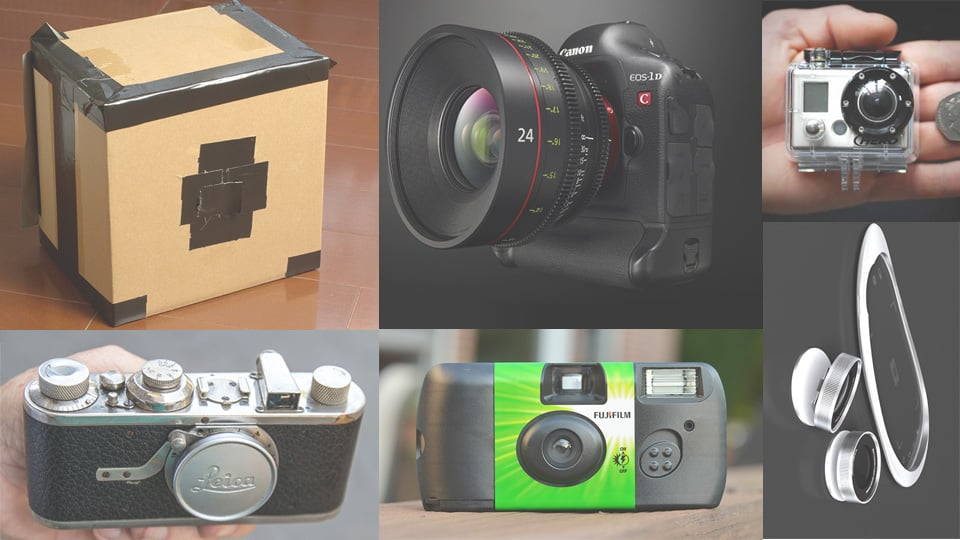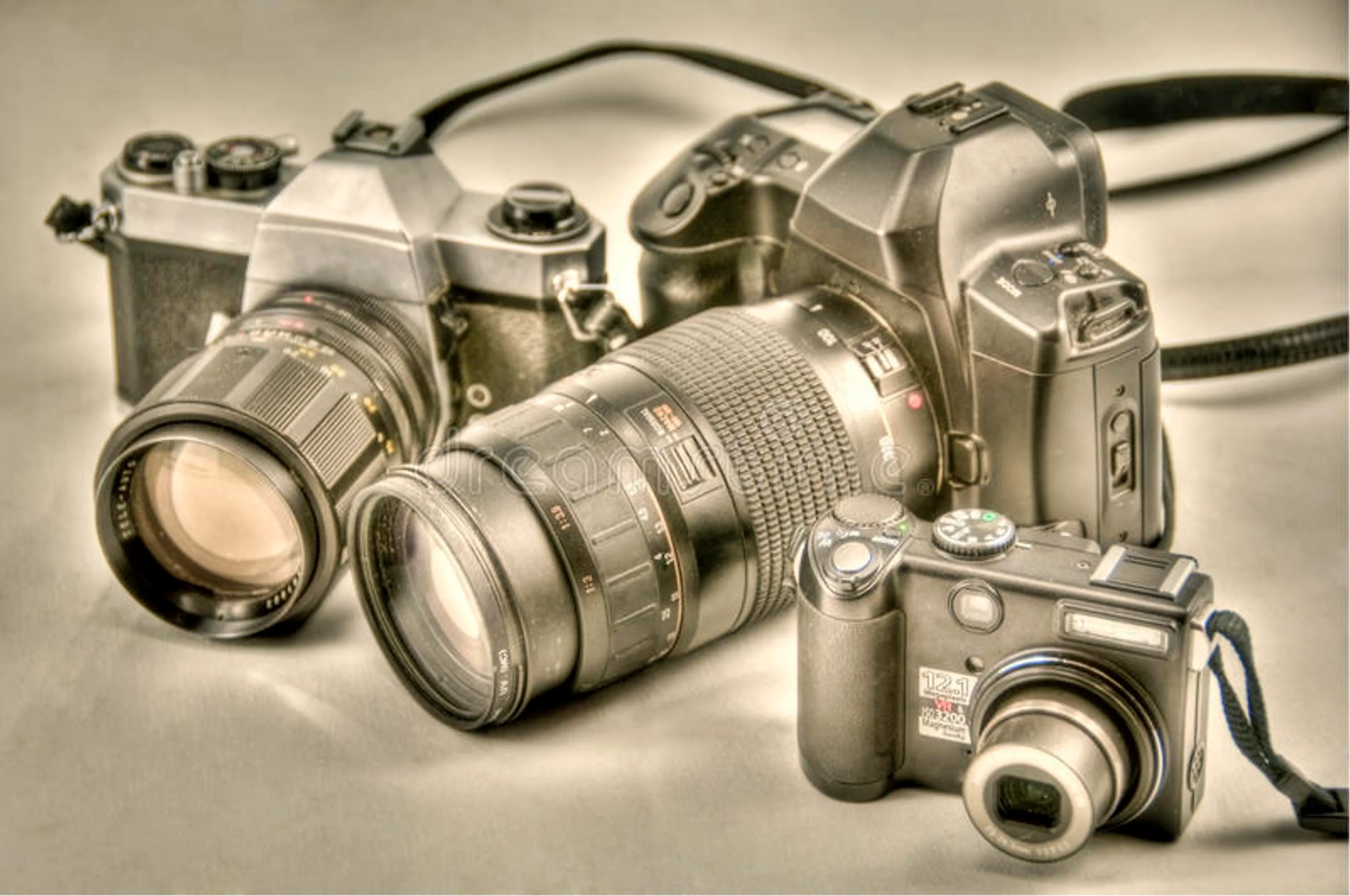The evolution of camera technology is a remarkable journey that spans centuries, showcasing the relentless pursuit of capturing light and preserving moments in increasingly innovative ways. From humble beginnings as simple pinhole devices to the sophisticated digital wonders of today, the evolution of camera technology is a testament to human ingenuity and the desire to document the world around us.
The Birth of Early Cameras:
The foundations of camera technology can be traced back to ancient civilizations, where the concept of the camera obscura—an early precursor to the camera—was explored. The invention of the pinhole camera in the 10th century marked a significant step, allowing light to pass through a small opening and project an image onto a surface. This rudimentary principle laid the groundwork for the development of more advanced optical devices.
The Daguerreotype and Photographic Revolution:
The 19th century witnessed a revolution in photography with the introduction of the daguerreotype by Louis Daguerre. This photographic process, unveiled in 1839, allowed images to be captured on silver-coated copper plates. The daguerreotype marked a pivotal moment in camera technology, making photography accessible to a wider audience and setting the stage for further innovations.
From Film to Digital:
The 20th century ushered in a series of transformative advancements in camera technology. The introduction of roll film by George Eastman and the development of the Kodak Brownie camera made photography more portable and accessible. Film formats evolved, leading to the creation of 35mm film—a standard that endured for decades.
The Digital Age: Revolutionizing Photography:
The late 20th century brought about the digital revolution, fundamentally changing the landscape of photography. Digital cameras, equipped with sensors that captured light electronically, eliminated the need for film and chemical processing. This breakthrough paved the way for instant image review, manipulation, and sharing, democratizing photography and sparking a new era of creative possibilities.

Mirrorless Innovation:
In recent years, mirrorless cameras have emerged as a groundbreaking advancement in camera technology. By eliminating the bulky mirror and pentaprism mechanisms of traditional DSLRs, mirrorless cameras offer compact designs, reduced weight, and real-time electronic viewfinders. These cameras provide high-quality imagery, fast autofocus, and seamless integration with digital imaging.
Sensor Advancements and Image Quality:
The evolution of camera sensors has significantly impacted image quality. From CCD to CMOS technology, sensors have become more sensitive to light, resulting in better low-light performance and dynamic range. High-resolution sensors capture finer details, while improved color reproduction enhances the fidelity of images.
Innovations in Autofocus and AI:
Autofocus systems have evolved to offer faster and more accurate performance, thanks to advancements in phase-detection and contrast-detection technologies. Artificial intelligence (AI) has been integrated into cameras, allowing for real-time subject recognition, scene analysis, and automatic adjustments. These features optimize settings to achieve optimal results in various shooting conditions.
Wireless Connectivity and Smart Features:
Modern camera technology embraces connectivity with the integration of Wi-Fi, Bluetooth, and NFC. Photographers can instantly transfer images to mobile devices for quick sharing or remote control. Cameras now boast touchscreens, customizable menus, and voice control, simplifying the user experience and enhancing workflow.
Future Frontiers: Beyond Megapixels:
As camera technology continues to evolve, the future holds exciting prospects beyond megapixels. Advancements in computational photography, improved image stabilization, and enhanced AI capabilities are anticipated. Cameras may seamlessly integrate with augmented reality (AR) and virtual reality (VR) technologies, offering immersive visual experiences and reshaping the boundaries of creative expression.
Conclusion: A Continual Unveiling of Possibilities:
The evolution of camera technology is an ongoing journey that unfolds with each new breakthrough. From the early pinhole devices that captured fleeting images to the digital marvels that capture and create with astonishing precision, camera technology has transformed the way we perceive and document our world. As technology advances, photographers are armed with increasingly powerful tools that empower them to explore, innovate, and express their unique visions in ways previously unimagined.
